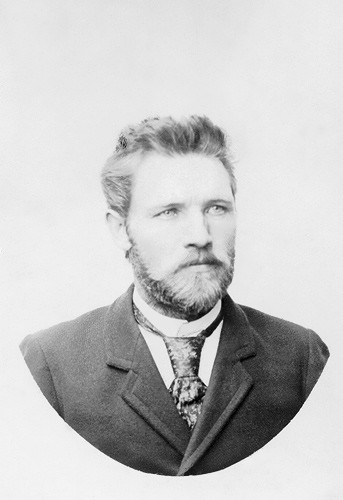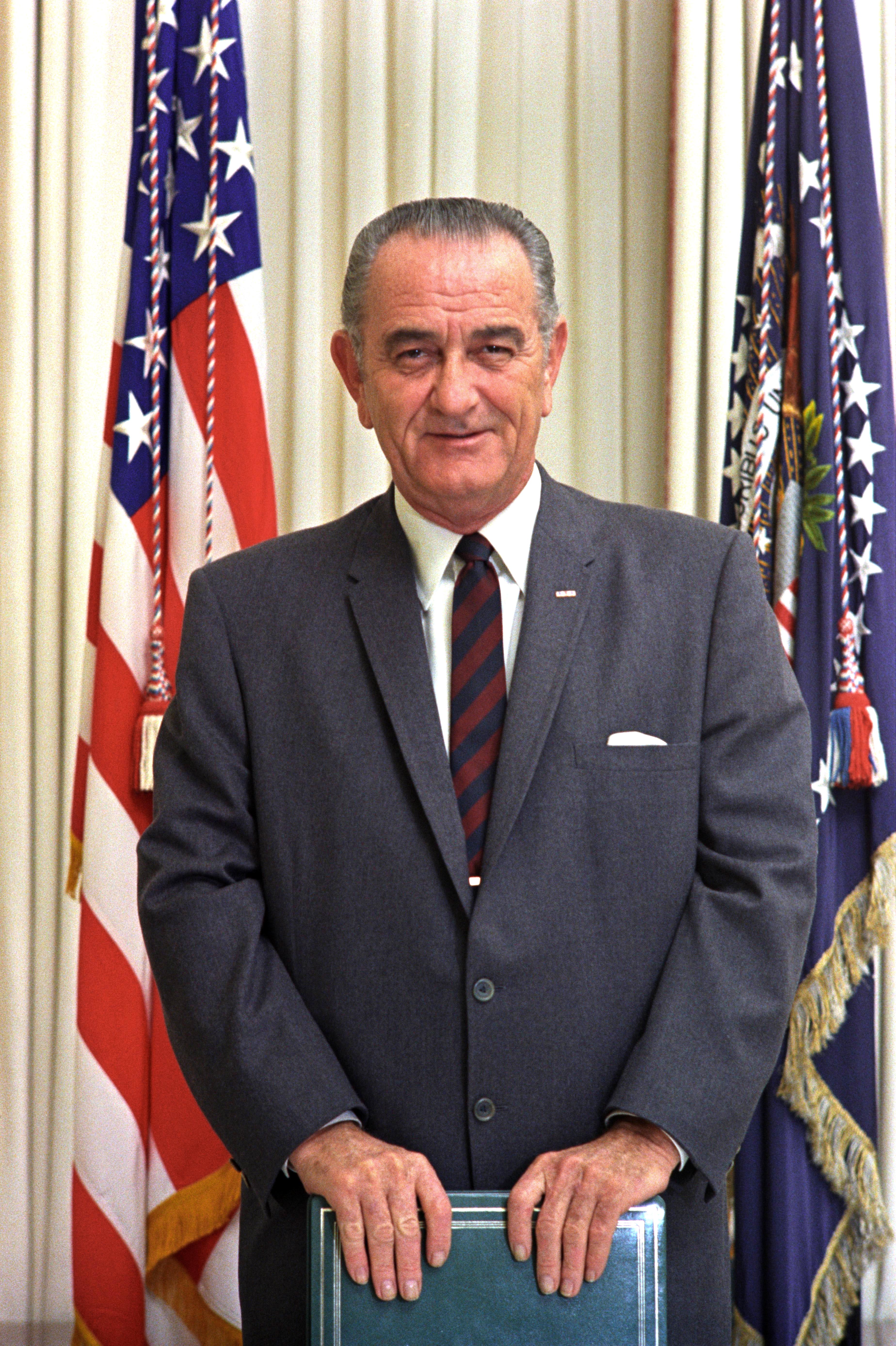|
Roman Haavamägi
Roman Gottfried Haavamägi (until 1937 Espenberg; 15 February 1891 Tallinn – 3 January 1964 Haapsalu) was an Estonian sculptor, painter, and graphic artist.Eesti kunsti ja arhitektuuri biograafiline leksikon (EKABL). Tallinn: Eesti Entsüklopeediakirjastus, 1996. Page 91 From 1914 to 1917 he studied at the Tallinn Art Industrial School (, now, the Estonian Academy of Arts), and at Nikolai Triik's studio. He started working as a freelance artist in 1922. Gallery Haapsalu promenaad.jpg, Sculptures at Haapsalu Promenade Statue of Jakob Liiv in Väike-Maarja.jpg, Statue of Jakob Liiv in Väike-Maarja Väike-Maarja () is a Populated places in Estonia, small borough () in Lääne-Viru County, Estonia. It is the administrative centre of Väike-Maarja Parish. The population of Väike-Maarja in January 2023 was 2,155 people. Väike-Maarja Chu ... References 1891 births 1964 deaths 20th-century Estonian sculptors 20th-century Estonian male artists 20th-century Esto ... [...More Info...] [...Related Items...] OR: [Wikipedia] [Google] [Baidu] |
Tallinn
Tallinn is the capital city, capital and List of cities in Estonia, most populous city of Estonia. Situated on a Tallinn Bay, bay in north Estonia, on the shore of the Gulf of Finland of the Baltic Sea, it has a population of (as of 2025) and administratively lies in the Harju County, Harju ''Counties of Estonia, maakond'' (county). Tallinn is the main governmental, financial, industrial, and cultural centre of Estonia. It is located northwest of the country's second largest city, Tartu, however, only south of Helsinki, Finland; it is also west of Saint Petersburg, Russia, north of Riga, Latvia, and east of Stockholm, Sweden. From the 13th century until the first half of the 20th century, Tallinn was known in most of the world by variants of its other historical Names of Tallinn in different languages, name Reval. “Reval” received Lübeck law, Lübeck city rights in 1248; however, the earliest evidence of human settlement in the area dates back nearly 5,000 years. The ... [...More Info...] [...Related Items...] OR: [Wikipedia] [Google] [Baidu] |
Haapsalu
Haapsalu () is a seaside resort town located on the west coast of Estonia. It is the administrative centre of Lääne County, and on 1 January 2020 it had a population of 9,375. History The name ''Haapsalu'' derives from the Estonian words ''haab'' 'aspen' and ''salu'' in the archaic sense '(forested) island' (now 'grove'). Until the first half of the 20th century, in Swedish and German the town was called ''Hapsal''. Haapsalu and the surrounding area was the center for the Estonian Swedes from the 13th century until the evacuation of almost all ethnic Swedes from Estonia prior to the Soviet invasion of Estonia during World War II in 1944. The first written record of Haapsalu dates back to 1279, when the town was chartered and became the capital of the Bishopric of Ösel-Wiek, which it remained for the following three centuries. Buildings from those early days remain today, including an episcopal castle, which has the largest single-nave church in Estonia. Neighborhood ... [...More Info...] [...Related Items...] OR: [Wikipedia] [Google] [Baidu] |
Estonia
Estonia, officially the Republic of Estonia, is a country in Northern Europe. It is bordered to the north by the Gulf of Finland across from Finland, to the west by the Baltic Sea across from Sweden, to the south by Latvia, and to the east by Russia. The territory of Estonia consists of the mainland, the larger islands of Saaremaa and Hiiumaa, and over 2,300 other islands and islets on the east coast of the Baltic Sea. Its capital Tallinn and Tartu are the two largest List of cities and towns in Estonia, urban areas. The Estonian language is the official language and the first language of the Estonians, majority of its population of nearly 1.4 million. Estonia is one of the least populous members of the European Union and NATO. Present-day Estonia has been inhabited since at least 9,000 BC. The Ancient Estonia#Early Middle Ages, medieval indigenous population of Estonia was one of the last pagan civilisations in Europe to adopt Christianity following the Northern Crusades in the ... [...More Info...] [...Related Items...] OR: [Wikipedia] [Google] [Baidu] |
Eesti Entsüklopeediakirjastus
Estonian Encyclopaedia Publishers () was an Estonian publisher which published reference literature (like encyclopedias, atlases) and popular science Popular science (also called pop-science or popsci) is an interpretation of science intended for a general audience. While science journalism focuses on recent scientific developments, popular science is more broad ranging. It may be written ... literature. As of 2009, publisher's main shareholders were Hardo Aasmäe (owned 25.6%), Jüri Ott (owned 20.4%), and Ülo Kaevats (owned 12.0%). In 2011, the publisher went bankrupt. However, the bankruptcy proceedings got stuck because the owner of the publishing house's last office, Ülemiste City, confiscated the property in the company's office and sold it to cover the 9,000-euro rent debt. Bankruptcy administrator Tiina Mitt estimated its value at over 4.3 million euros. The location of sold documents, author contracts and books under editing is unknown. A part of the EE archiv ... [...More Info...] [...Related Items...] OR: [Wikipedia] [Google] [Baidu] |
Estonian Academy Of Arts
The Estonian Academy of Arts (Estonian language, Estonian: ''Eesti Kunstiakadeemia'', EKA) is the only public university in Estonia providing higher education in art, design, architecture, Media (communication), media, art history and conservation-restoration. It is based in Tallinn. According to the Statutes of the EKA, the main objective of activity at the Estonian Academy of Arts is to promote creativity and research, enabling the acquirement of a contemporary higher education based on integrated study, meeting the standard of higher education in the field of fine arts, design, Media (communication), media, architecture, art history, conservation-restoration and teacher education. With the Estonian Minister of Education and Research' Act no.145 from February 10, 2007, the EKA was accredited by an international expert committee as an institution. The Estonian Academy of Arts has signed around 80 bilateral agreements with universities which participate in ERASMUS programme, but ... [...More Info...] [...Related Items...] OR: [Wikipedia] [Google] [Baidu] |
Nikolai Triik
Nikolai Voldemar Triik (7 August 1884, Tallinn – 12 August 1940, Tallinn) was an Estonian Modernist painter, graphic artist, printmaker and professor. His work displays elements of Symbolism and Expressionism. Biography He came from a middle-class family. After graduating from the public schools in 1901, he enrolled at the Saint Petersburg Art and Industry Academy, but was expelled for participating in a student strike during the 1905 Revolution. He returned home and continued his studies at the private art school operated by Ants Laikmaa, but later went back to Saint Petersburg to take lessons from Osip Braz. The following year, he accompanied Konrad Mägi and Aleksander Tassa on a trip to Åland and spent some time in Helsinki at the school operated by the "Finnish Art Association". Not long after, he married the daughter of a wealthy factory owner and moved to Paris, where he sampled courses at the Académie Colarossi, the Académie Julian and the École des Beaux-arts. ... [...More Info...] [...Related Items...] OR: [Wikipedia] [Google] [Baidu] |
Jakob Liiv
Jakob Liiv (28 February 1859 Alatskivi Parish, Tartu County – 17 January 1938 Rakvere) was an Estonian writer and playwright. His younger brother was the writer Juhan Liiv. After 1897 he was a teacher at Triigi-Avispea School in Väike-Maarja Parish. Because he was a notable public figure, writers gathered around him (earning him the nickname the Parnassus of Väike-Maarja). In 1913 he moved to Rakvere, where he worked as a bank clerk and at the same time as an editor for the local newspaper. From 1919 to 1921 he was the mayor of Rakvere. He was a member of the Estonian Labour Party The Estonian Labour Party (, ETE) was a political party in Estonia. It was formed in 1919 by a merger of the Radical Socialist Party and the Social Travaillist Party, and ceased to exist in 1932, when it merged with other centrist parties to form .... Selected works * 1886: ''Viru kannel'' (The Viru Lyre), poetry collection * 1898: ''Kõrbelõvi'' (The Desert Lion), poetry collection * 1904: ' ... [...More Info...] [...Related Items...] OR: [Wikipedia] [Google] [Baidu] |
Väike-Maarja
Väike-Maarja () is a Populated places in Estonia, small borough () in Lääne-Viru County, Estonia. It is the administrative centre of Väike-Maarja Parish. The population of Väike-Maarja in January 2023 was 2,155 people. Väike-Maarja Church was initially built as a fortress church. Climate Notable people *Aile Asszonyi (born 1975), opera singer *Eda-Ines Etti (born 1981), singer *Vello Jürna (1959–2007), opera singer *Madde Kalda (1903–1984), writer *Alar Kotli (1904–1963), architect *Jakob Liiv (1859–1938), poet and writer *Georg Lurich (1876–1920), wrestler and strongman *Kersti Merilaas (1913–1986), poet and translator *Kuno Pajula (1924-2012), cleric *Maie Kalda (1929–2013), literary scholar and critic *Priit Raik (1948–2008), composer, conductor and pedagogue *A. H. Tammsaare (1878–1940), writer, studied at Väike-Maarja parish school *Kaido Höövelson (born 1984), sumo wrestler known as Baruto Kaito References External linksVäike-Maarja ... [...More Info...] [...Related Items...] OR: [Wikipedia] [Google] [Baidu] |
1891 Births
Events January * January 1 ** A strike of 500 Hungarian steel workers occurs; 3,000 men are out of work as a consequence. **Germany takes formal possession of its new African territories. * January 4 – The Earl of Zetland issues a declaration regarding the famine in the western counties of Ireland. * January 5 **The Australian shearers' strike, that leads indirectly to the foundation of the Australian Labor Party, begins. **A fight between the United States and Lakotas breaks out near Pine Ridge agency. **A fight between railway strikers and police breaks out at Motherwell, Scotland. * January 7 ** General Miles' forces surround the Lakota in the Pine Ridge Reservation. ** The Inter-American Monetary Commission meets in Washington DC. * January 9 – The great shoe strike in Rochester, New York is called off. * January 10 – in France, the Irish Nationalist leaders hold a conference at Boulogne. The French government promptly takes loan. * Jan ... [...More Info...] [...Related Items...] OR: [Wikipedia] [Google] [Baidu] |
1964 Deaths
Events January * January 1 – The Federation of Rhodesia and Nyasaland is dissolved. * January 5 – In the first meeting between leaders of the Roman Catholic and Orthodox churches since the fifteenth century, Pope Paul VI and Patriarch Athenagoras I of Constantinople meet in Jerusalem. * January 6 – A British firm, the Leyland Motor Corp., announces the sale of 450 buses to the Cuban government, challenging the United States blockade of Cuba. * January 9 – ''Martyrs' Day (Panama), Martyrs' Day'': Armed clashes between United States troops and Panamanian civilians in the Panama Canal Zone precipitate a major international crisis, resulting in the deaths of 21 Panamanians and 4 U.S. soldiers. * January 11 – United States Surgeon General Luther Terry reports that smoking may be hazardous to one's health (the first such statement from the U.S. government). * January 22 – Kenneth Kaunda is inaugurated as the first Prime Minister of Northern Rhodesia. * January ... [...More Info...] [...Related Items...] OR: [Wikipedia] [Google] [Baidu] |





